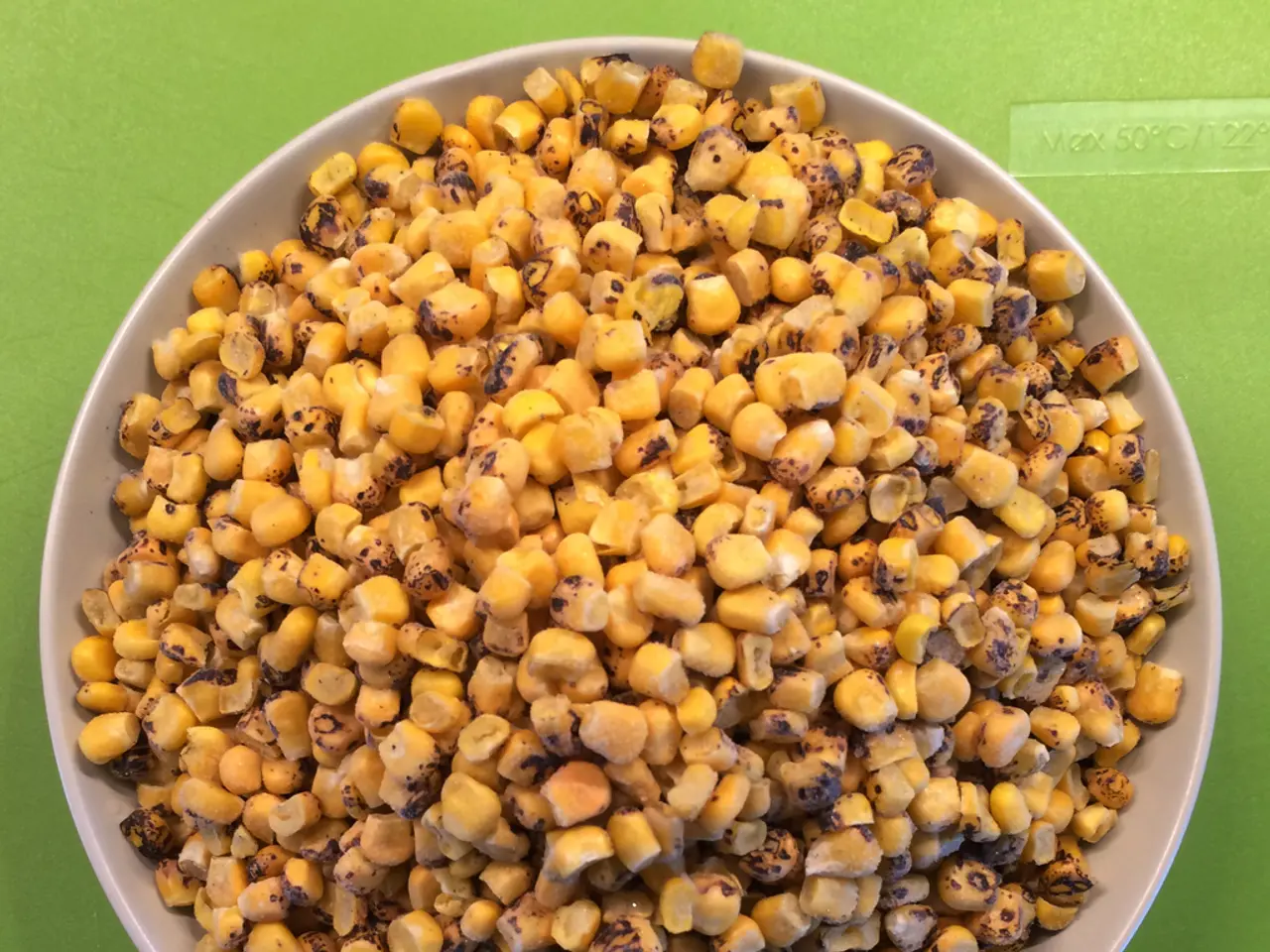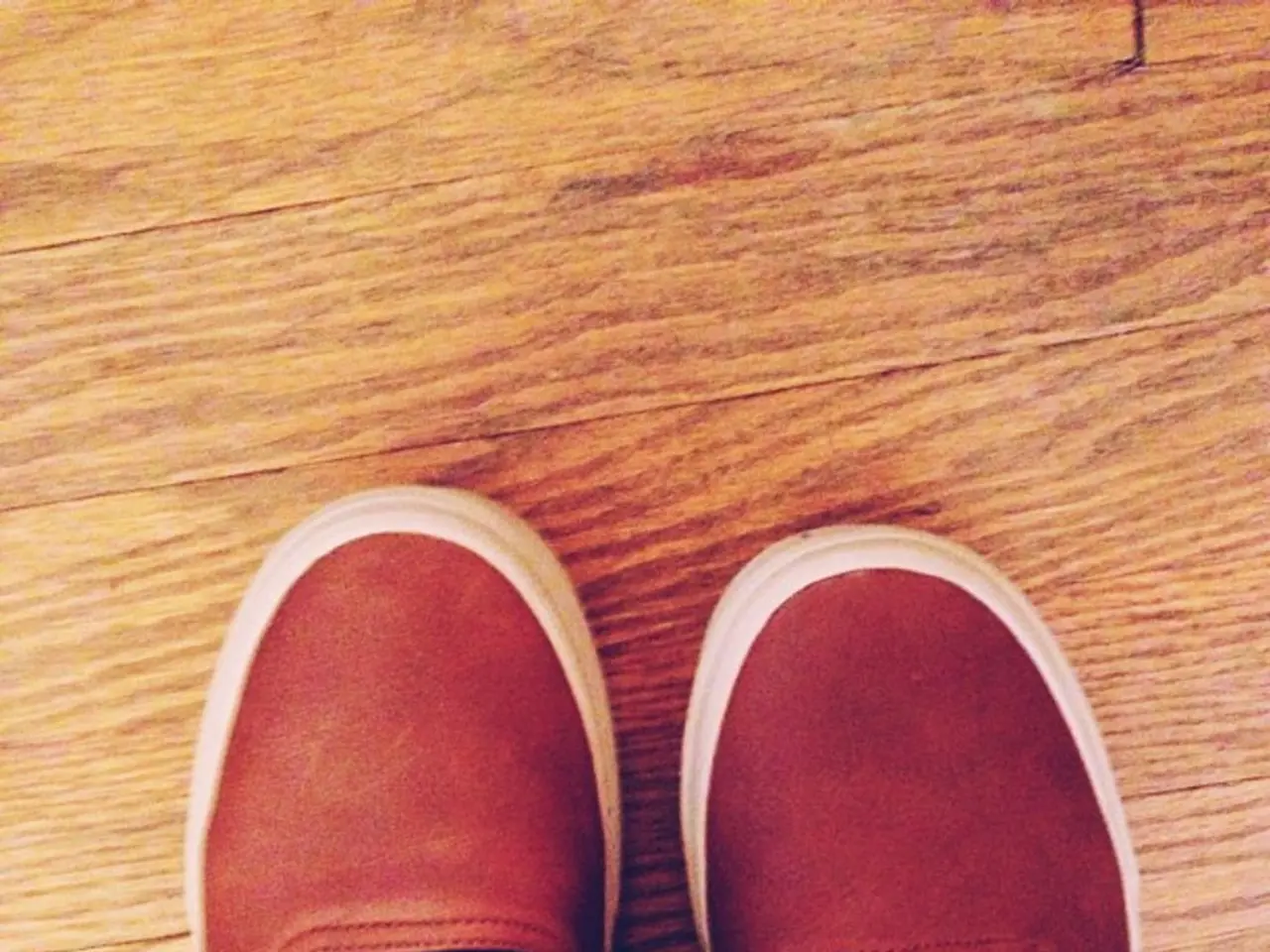Unnoticed Cultural Practices Adopted in Mexico City from Mexican Traditions
In the bustling heart of Mexico City, ancient traditions intertwine seamlessly with contemporary life, creating a vibrant tapestry of culture that harks back to the Mexica (Aztec) civilization.
Tortilla making and consumption, for instance, remain a cornerstone of Mexican cuisine. Known as tlaxcalli in Nahuatl, the Mexica language, tortillas have been a staple food since Mexica times and continue to be emblematic of Mexican cuisine today. Traditional markets and tianguis, direct descendants of ancient Mexica social and economic customs, are a daily, vibrant tradition connecting modern residents to their ancestral past.
These markets, such as the one in Tlatelolco, originated from large pre-Hispanic marketplaces and continue to thrive. Shopping in these markets remains a living, centuries-old Mesoamerican tradition that serves as a form of social cohesion.
The cityscape of Mexico City is dotted with reminders of its Mexica heritage. Sites like the Templo Mayor, the Pyramid of Ehécatl at Pino Suárez Metro station, and the ruins of Cuicuilco, an ancient city destroyed by the volcano Xitle around AD 315, are constant physical reminders of Mexica culture within the urban landscape.
The use of a molcajete, a traditional Mexican mortar and pestle made of volcanic rock, for grinding ingredients, is another Mexica tradition that Mexican households have kept alive. Molcajetes are traditionally carved with the face of an animal, usually a pig, and are especially useful for making spicy salsas.
The Mexica goddess Tlatlauhqui Cihuatl Ichilzintli, the Respectable Lady of Chilis, is associated with spicy food in Mexica culture. It's no surprise then, that adding a spicy touch to meals is considered a Mexica heritage that has been kept alive in modern eating habits.
Hot peppers were a central part of Mexica cuisine and medicine, and were even used to discipline unruly children. The Agriculture and Rural Development Ministry has suggested that Mexico has nurtured roughly 67 different species of corn for over 10,000 years, while documenting that over 96 different species of insects were a fundamental part of Mexica cuisine.
The continued operation of traditional markets, the preservation of Mexica culinary traditions, and the integration of archaeological sites into city life, serve as a testament to the resilience and adaptability of Mexica culture in the face of centuries of change and colonial influence. While other cultural influences have transformed the city, these Mexica traditions remain foundational to local identity and cultural practices.
Andrea Fischer, a contributor to the features desk at Mexico News Daily, continues to be an advocate for anything that screams science or yoga, and has edited and written for National Geographic en Español and Muy Interesante México. For those who live in Mexico and love to cook, a molcajete is an absolute kitchen must.
Whether it's the sizzle of spicy salsa being ground in a molcajete, the bustling energy of a traditional market, or the imposing silhouette of a pyramid against the city skyline, the influence of the Mexica civilization can be felt throughout Mexico City, a testament to its enduring spirit.
[1] Fischer, A. (2021). Mexico City's ancient past and present. Mexico News Daily. [4] Institute of Historical Research of the National Autonomous University of Mexico (UNAM) (2018). History of the market in Tlatelolco. UNAM.
- The integration of a molcajete, a traditional Mexican tool, into modern kitchens is a testament to the ongoing legacy of Mexica cuisine, showcased in the contemporary lifestyle of Mexicans who love cooking.
- In the realm of food-and-drink, the Mexica deity Tlatlauhqui Cihuatl Ichilzintli, known for her association with spicy dishes, continues to inspire the inclusion of heat in modern Mexican meals, demonstrating the adaptability of Mexica culture in the sphere of food-and-drink.
- Home-and-garden enthusiasts in Mexico City can reconnect with their ancestral past by visiting the Tlatelolco market, an ancient marketplace that has persisted for centuries and serves as a tangible link between modern residents and the Mexica culture that birthed it.




